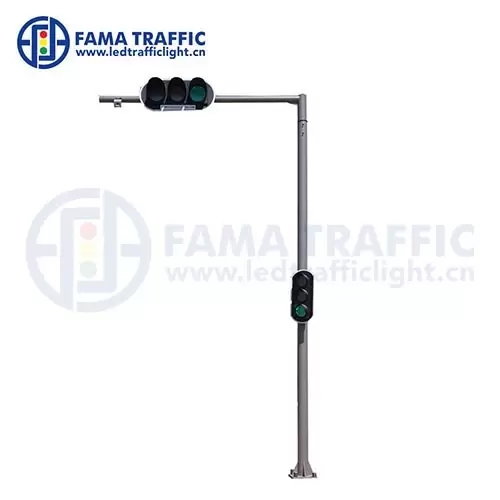In the intricate world of electronics assembly and repair, soldering remains a cornerstone technique for creating reliable electrical connections. However, achieving perfection in soldering isn't just about mastering the art of applying just the right amount of heat; it's also crucial to be aware of what should never be used when soldering. This blog dives deep into the do's and especially the don'ts, providing a comprehensive guide to ensure your soldering projects are not only successful but also safe.
- Incorrect Solders: The Foundation of Failure
First and foremost, the type of solder you use can make or break your project. Lead-free solders have become the norm due to environmental concerns, but not all lead-free solders are created equal. Avoid using solders with high melting points or those containing impurities that can compromise the joint's strength and conductivity. Always refer to your component's datasheet for recommended solder alloys.
Moreover, acid-core solders should never be used for electrical connections involving sensitive electronics or in applications where corrosion is a concern. The residual acids can lead to corrosion over time, weakening the joints and potentially causing failures. Instead, opt for rosin-core solders, which leave behind minimal residue and are less likely to cause corrosion.
- Improper Fluxes: A Corrosive Trap
Flux is essential for cleaning the surfaces to be soldered and preventing oxidation, but not all fluxes are suitable for all applications. Water-soluble fluxes, while eco-friendly, should be thoroughly rinsed off post-soldering to avoid leaving behind conductive residues that can cause short circuits. If rinsing isn't feasible, consider using no-clean fluxes designed to leave behind non-corrosive, electrically insulating residues.
Avoid using fluxes containing ammonium chloride or zinc chloride, as they are highly corrosive and can damage both the components and the PCB (Printed Circuit Board).
- Inadequate Tools: A Recipe for Disaster
Using the wrong soldering iron or tip can lead to inefficient heat transfer, causing damage to components or insufficient soldering. Cheap, poorly made soldering irons often lack temperature control, leading to overheating and potential burnout of sensitive components. Invest in a quality soldering station with adjustable temperature settings to match the specific needs of your project.
Furthermore, worn-out or incorrect soldering tips can transfer heat unevenly, creating cold solders or damaging pads. Regularly inspect and replace worn-out tips, and ensure you're using tips designed for the type of work you're doing – fine tips for delicate work, wider tips for grounding pads, etc.
- Contaminated Workspaces: The Silent Saboteur
A clean workspace is paramount when soldering. Dirty or cluttered workbenches can introduce contaminants like dust, dirt, or even metallic particles into your soldering process, leading to poor connections or short circuits. Use anti-static mats to protect sensitive components from static discharge and keep your workspace organized with proper storage for tools and materials.
Additionally, avoid soldering in humid environments, as moisture can cause rapid oxidation of the soldering surfaces, making it difficult to achieve a good joint.
- Inappropriate Soldering Techniques: The Art and Science
Poor soldering techniques can undermine even the best materials and tools. Excessive heat application is a common pitfall that can degrade component performance or cause thermal stress cracks. Practice using a gentle touch and minimal heat, allowing the solder to flow naturally around the joint.
Cold soldering, characterized by dull, grainy joints, is another common issue stemming from inadequate heating. Ensure the joint reaches the solder's melting point uniformly for a strong, shiny joint.
Lastly, bridge soldering, where solder connects unintended points, is a critical error that can lead to circuit malfunctions. Always inspect your work under a magnifying glass to catch and correct any bridges promptly.
Conclusion: Safeguarding Your Soldering Success
In the realm of soldering, knowledge is power. By steering clear of incorrect solders, improper fluxes, inadequate tools, contaminated workspaces, and inappropriate techniques, you set the stage for flawless electrical connections. Remember, the devil is often in the details, so take the time to prepare your workspace, choose the right materials, and hone your skills. With these safeguards in place, your soldering projects are bound to shine with reliability and precision.

